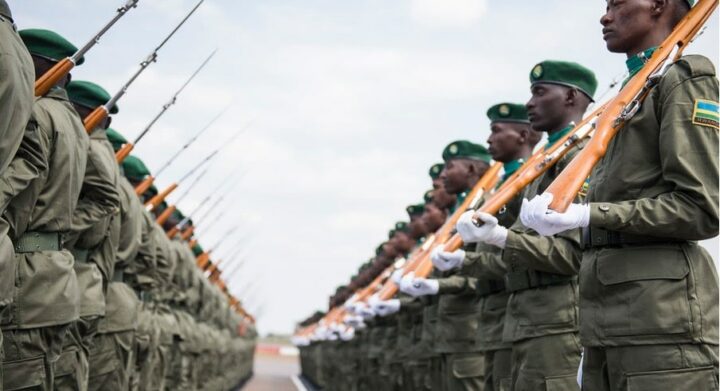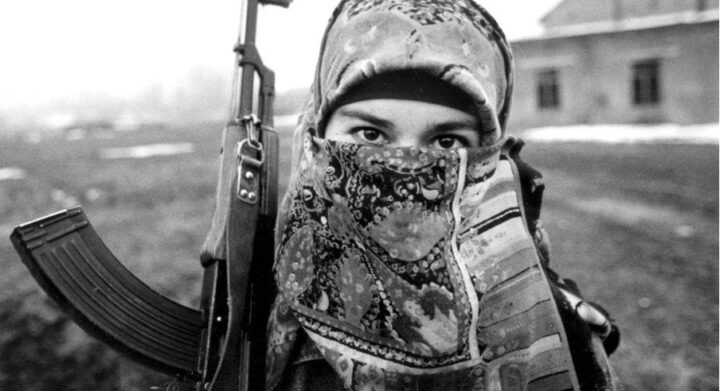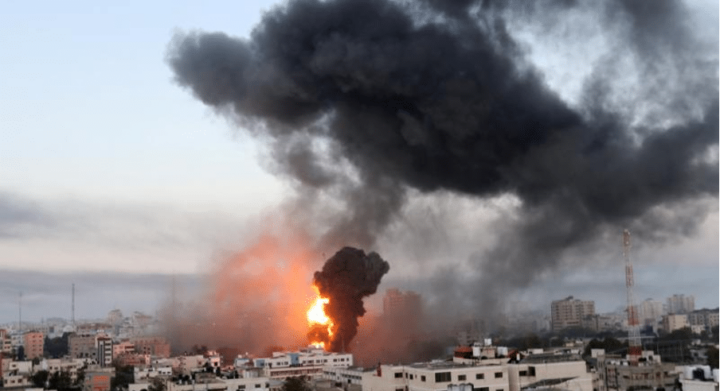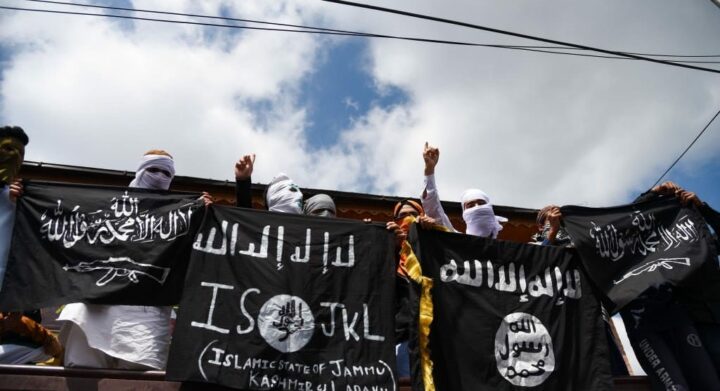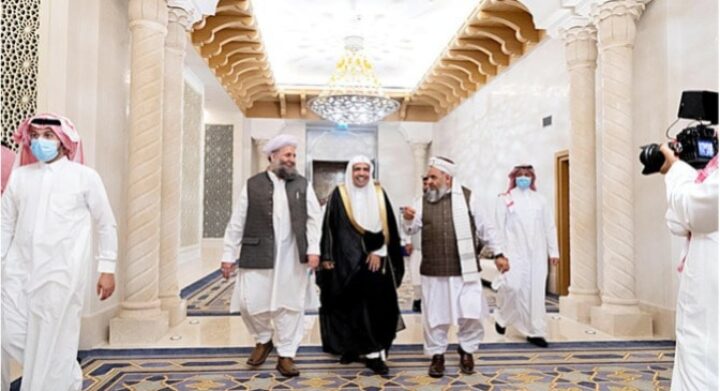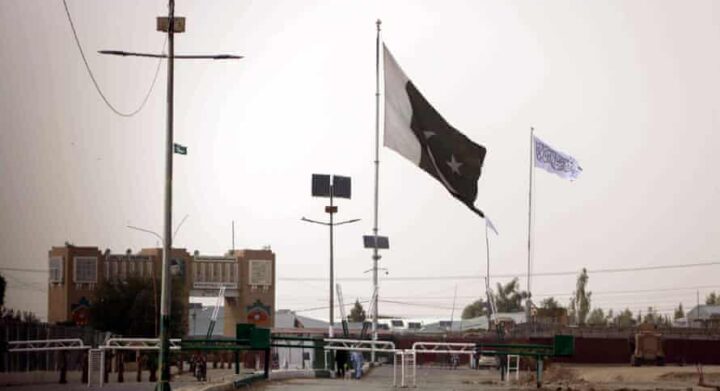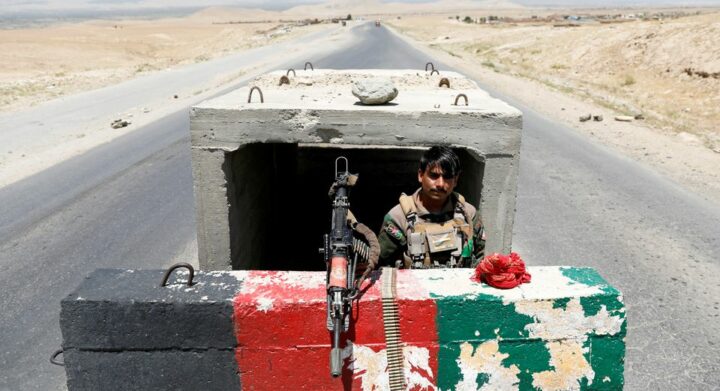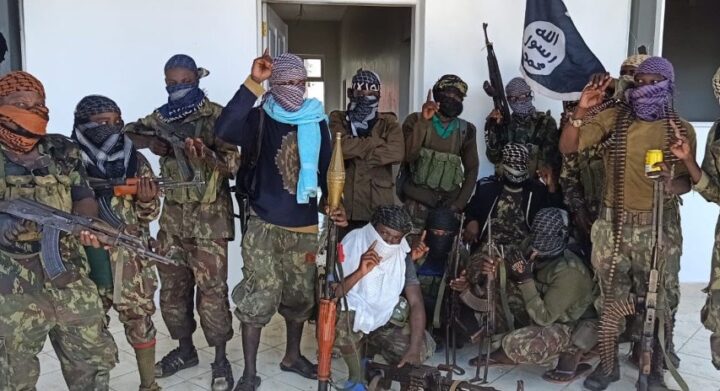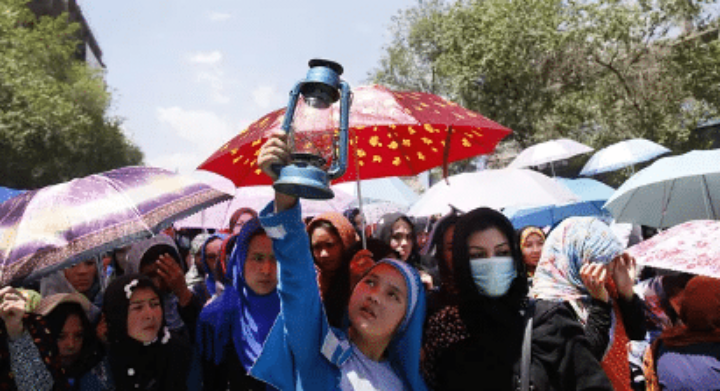This is the final piece in a series examining the ongoing extremist threat in Mozambique.
After understanding Cabo Delgado’s history of economic marginalization, socio-political agitation, and geographic remoteness, one might not be surprised by the government’s military-oriented approach to dealing with ASWJ. With politics dominated by FRELIMO since independence, Mozambique ranks 149th in the world on Transparency International’s Corruption Perceptions Index. Consequently, only 27% of Mozambicans see a difference between the ruling party and the state.
The central government has long lacked credibility in the region due to its ties to criminal networks, acquiescence to foreign companies, and a highly publicized scandal in which government officials hid and pocketed $2.2 billion in off-budget loans. Cabo Delgado is also home to the single largest private investment in Africa, Total SA’s $15 billion liquefied natural gas (LNG) project along the coast. But this project has provided little profit or opportunity to the locals, fueling further discontent and rent-seeking.
Missteps and Militarization
For the past few years, the central government has outsourced its handling of the ASWJ crisis to foreign mercenaries. The notorious Russian Wagner Group was initially deployed but replaced by the South African Dyck Advisory Group (DAG) after sustaining losses. In 2021, Amnesty International accused government forces, ASWJ, and DAG of war crimes targeting civilians, and DAG let its contract lapse in April.
The governments of South Africa, Zimbabwe, the United States, and the European Union have all expressed their commitment to resolving this crisis, and their assistance initially came as advising, training, and financing government forces. But these government forces are the same ones frequently accused of extrajudicial killings, arbitrary arrests, torture, and harassment of civilians.
And now international military involvement is escalating. South Africa, a regional leader, initially ruled out putting boots on the ground but ended up sending soldiers to extract its foreign nationals from the siege of Palma. Last month, the Southern African Development Community (SADC) approved the deployment of its standby force, but much of its makeup and mission remain unclear. In early July, President Paul Kagame of Rwanda preempted them, sending 1,000 troops in a bid likely meant to increase Rwanda’s sway in the region. The EU also announced its own military mission, staffed primarily by Portuguese, to provide further training to Mozambique’s armed forces.
The government and its partners seem to be making the same mistakes that the Portuguese made when battling guerrillas in the very same region. Over the course of their ten-year fight to keep their colony, the beleaguered Portuguese made various attempts at dislodging FRELIMO from Cabo Delgado. Yet, they never seemed to try the classic counterinsurgency strategy of developing communities and protecting the populace. This, local support was pulled away from the guerrillas. Instead, they swept the jungles of Cabo in the massive Operation Gordian Knot, which ultimately failed due to its onerous death toll and resource drain. This lack of community outreach, paired with blind military violence, only perpetuated the grievances fueling the insurgency. The same cycle of government rigidity and insurgent vitality appears to be the case in modern Cabo Delgado.
Attention and Investment
The chorus of international funds and troops meant to pacify Cabo Delgado has mainly reinforced this militarized approach. International partners must instead only finance those government initiatives which support rather than antagonize communities. They must also be more discerning in which squads they are funding and training, pulling support from those government forces with bad track records on human rights and battlefield conduct.
It seems that the West has yet to learn in its dealings with Islamist insurgencies that military force and weapons proliferation are not conducive to de-escalation. Throughout the war with FRELIMO, Portugal’s semi-fascist dictatorship also formed alliances with the West, yet for all the intelligence, finances, and training provided from abroad, Portugal could not pacify Cabo by the strength of arms alone.
In the 1960s, Cabo consisted primarily of smallholder peasants growing cash crops. Today, though this region remains largely rural, there are increased opportunities in coastal trade and energy extraction. Yet, the youth see few of the benefits. The locals should be enabled to participate in their own economy, and this starts with conscious governmental policy. Instead of abusing already-marginalized communities, the government could push the conflict in a constructive direction if it took a whole-of-society approach to peace in Cabo. This involves responsive community policing, accountability for rights violations by security forces, development partnerships that include local businesses, investment in infrastructure and education, increased space for journalists and civil society, and consultative mechanisms to communicate with locals. These are the practices and institutions that international partners should be funding instead, even if they must be built entirely anew.
Conclusion:
One can reasonably conclude that the conflict in Cabo Delgado is only going to intensify, and will remain a major security issue in southern Africa. Though international actors from the West to SADC have expressed their willingness to provide training and even troops, the history of Cabo gives little reason to be optimistic about external intervention. The people of this resource-rich coastal province have experienced purely extractive, disinterested economics for centuries, from Britain to Portugal to Total SA. And yet, when hundreds of youth take up arms under a salvationist banner of Salafism, the government and its international partners immediately opt for clumsy militarization and pacification.
Though their violence has been brutal, meeting the insurgents on the battlefield does little to solve the problems that energized them in the first place. Instead, anyone concerned with actually de-escalating the conflict must look to NGOs, local activists, and social institutions that should be invested in and listened to.

